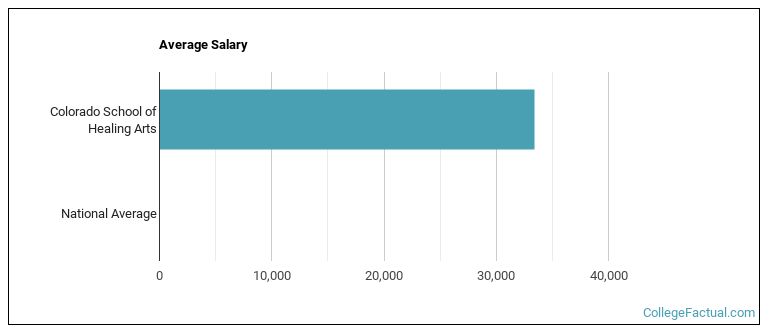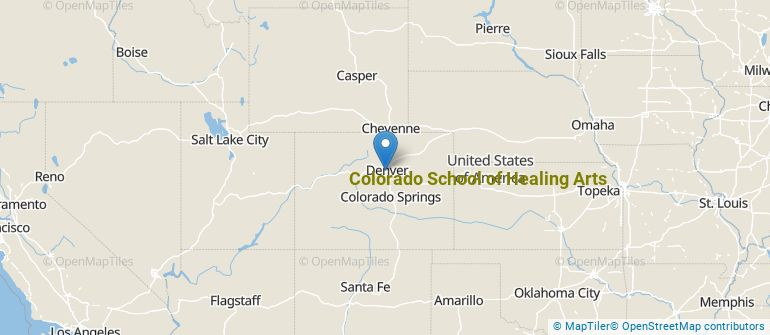 by our College Data Analytics Team
by our College Data Analytics TeamExplore the best ranked schools for the programs you are most interested in.
CSHA was not ranked in College Factual's Best Overall Colleges report this year. This may be because not enough data was available.
See all of the rankings for Colorado School of Healing Arts.
As long as you meet basic requirements, you should not have any trouble getting into Colorado School of Healing Arts since the school has an open admissions policy. Still, be sure to submit any requested materials and that your application is completed in full.
The student to faculty ratio is often used to measure the number of teaching resources that a college or university offers its students. The national average for this metric is 15 to 1, but at CSHA it is much better at 3 to 1. That's good news for students who want to interact more on a personal level with their teachers.
During the 2017-2018 academic year, there were 27 undergraduates at CSHA with 12 being full-time and 15 being part-time.
The net price is calculated by adding tuition, room, board and other costs and subtracting financial aid.Note that the net price is typically less than the published for a school. For more information on the sticker price of CSHA, see our tuition and fees and room and board pages.
It's not uncommon for college students to take out loans to pay for school. In fact, almost 66% of students nationwide depend at least partially on loans. At CSHA, approximately 100% of students took out student loans averaging $6,137 a year. That adds up to $24,548 over four years for those students.
Get more details about paying for Colorado School of Healing Arts.

See which majors at Colorado School of Healing Arts make the most money.
Get more details about the location of Colorado School of Healing Arts.

Contact details for CSHA are given below.
| Contact Details | |
|---|---|
| Address: | 7655 W Mississippi Ste 300, Lakewood, CO 80226 |
| Phone: | 303-986-2320 |
| Website: | www.csha.net/ |
| Most Popular Majors | Bachelor’s Degrees | Average Salary of Graduates |
|---|---|---|
| Somatic Bodywork & Therapeutic Services | 65 | NA |
Footnotes
*The racial-ethnic minorities count is calculated by taking the total number of students and subtracting white students, international students, and students whose race/ethnicity was unknown. This number is then divided by the total number of students at the school to obtain the racial-ethnic minorities percentage.
References
More about our data sources and methodologies.